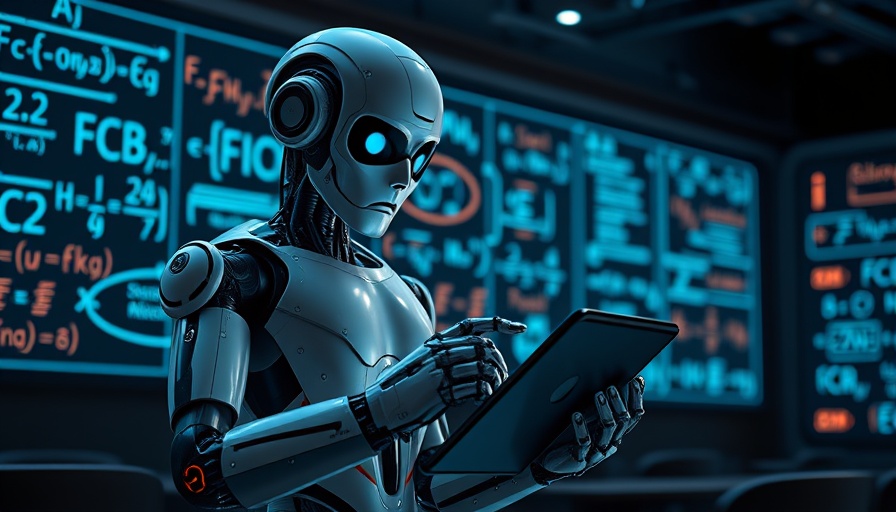
The Evolution of AI Language Comprehension
In a groundbreaking revelation, recent research published in the Journal of Statistical Mechanics: Theory and Experiment (JSTAT) has shed light on how artificial intelligence (AI) evolves its understanding of language. A team of researchers discovered that neural networks transition from initially solving sentences through word order to focusing on the meaning of words as they are trained with larger data sets. This switch, described as a critical ‘phase transition,’ is akin to water evaporating into steam, and it marks a significant milestone in how machines like ChatGPT understand human communication.
Understanding the Training Process: From Structure to Meaning
When neural networks first begin their training, they analyze sentences by the arrangement of words. This can be likened to a child learning language, relying on syntax rules – for instance, the subject typically comes before the verb in English. As the training data increases, however, these systems suddenly pivot towards contextual meaning, thus enhancing their comprehension capabilities.
The Science Behind the Transition: Phase Changes in AI
The study indicates that this shift occurs when a neural network reaches a critical data threshold, emphasizing the importance of quantity in training AI. The timing of this transformation is reminiscent of phase transitions found in physics, suggesting a deep-rooted connection between computational learning processes and natural phenomena. Understanding this transition not only contributes to the advancement of AI but also propels innovations in machine learning efficiency.
Implications for Future AI Development
This discovery has far-reaching implications for the design and training of transformer models, the backbone of many modern AI applications. Enhancements stemming from this study may lead to more streamlined, safer, and predictable AI systems that possess greater language comprehension. As these systems grow more sophisticated, they will continue to influence how we interact with technology in both personal and professional environments.
Current AI Models: A New Level of Understanding
AI today, with models like ChatGPT and Gemini, boasts language capabilities that allow for conversational fluency nearly indistinguishable from human dialogue. This study offers crucial insights into the mechanics of such systems, revealing the inner workings that produce these impressive results. By understanding how AI learns and evolves, developers can fine-tune these models for better performance and relevance in real-world applications.
Final Thoughts: The Future of AI Language Processing
The advancements in AI and language understanding mark a revolution in technology, pushing the boundaries of what these systems can achieve. As research continues to unveil the mysteries behind AI’s comprehension strategies, the potential applications seem limitless. This knowledge can empower businesses, innovators, and educators by providing them with tools and insights to harness the power of AI more effectively.
 Add Row
Add Row  Add
Add 




Write A Comment